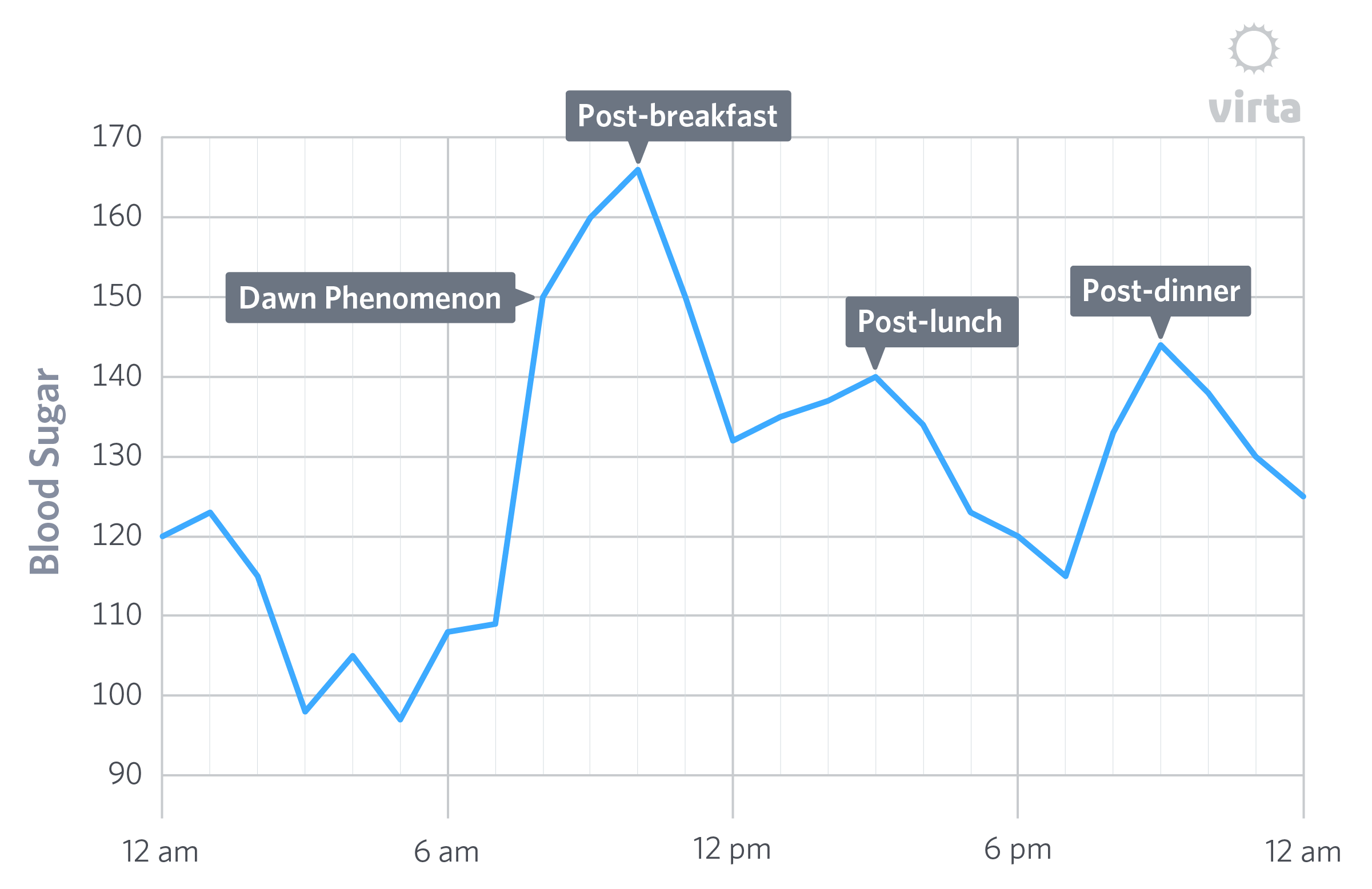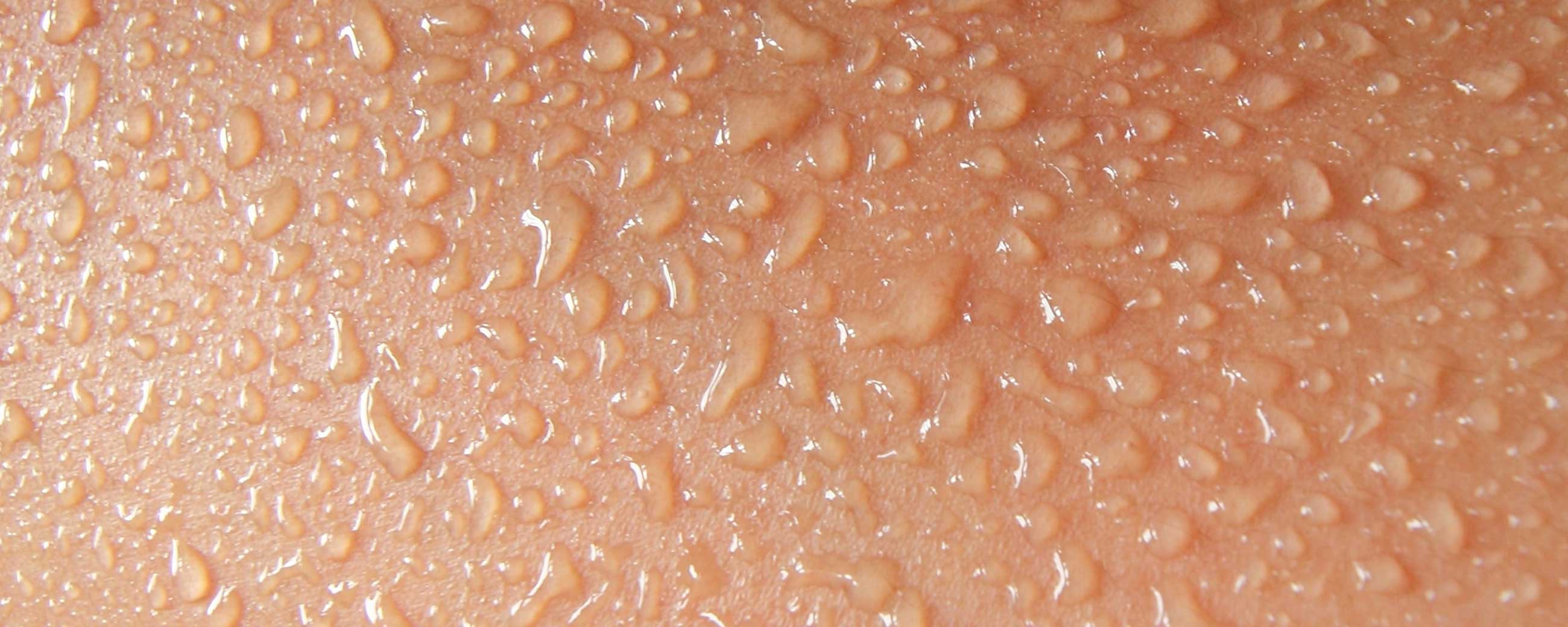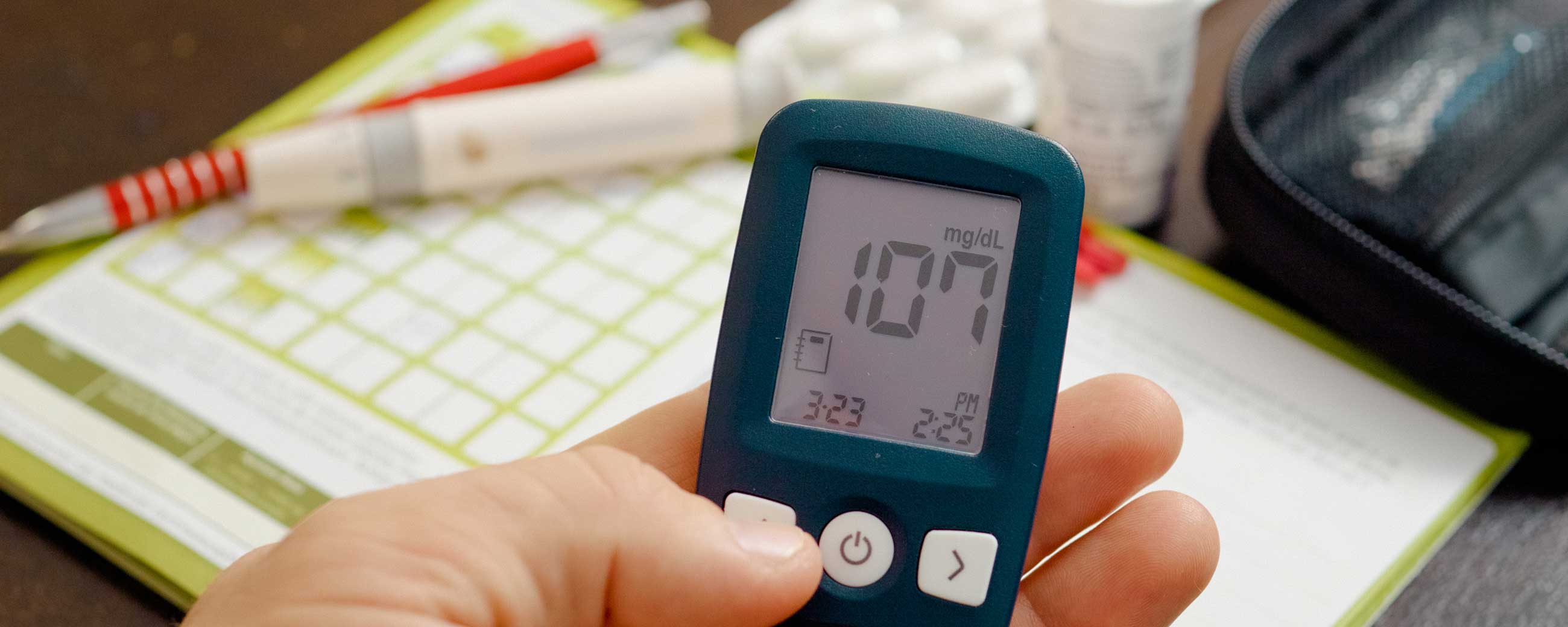
The Dawn Phenomenon: Why is my blood sugar high in the morning?

The dawn phenomenon or "dawn effect" is when your blood sugar spikes in the early-morning hours, usually between 3-8am. The dawn phenomenon is very common among those with insulin resistance, and there are some strategies that may help you reduce your fasting blood sugar.
What causes the dawn phenomenon?
Although the exact underlying causes of the dawn phenomenon are still unclear, we know that hormones play a large part. These hormones follow a circadian rhythm, or a daily cycle, and increase during our waking hours, the early morning.
The hormones that promote glucose release into the blood include:
- Epinephrine (Adrenaline): Known as the “fight or flight” hormone, adrenaline increases blood flow to the muscles.
- Cortisol: Known as the “stress hormone.”
- Glucagon: Signals the liver to release glucose into the blood.
- Growth Hormone: Important for repair and regeneration.
Two key processes occur in the liver overnight that result in the release of glucose into the bloodstream and contribute to increased morning blood glucose:
1) Glycogenolysis, the breakdown and release of stored glucose (a.k.a. glycogen.)
2) Gluconeogenesis, the creation of glucose from components of protein or fat.
And last but certainly not least, insulin is another hormone that plays an important role here. When blood glucose rises, insulin is released and helps move glucose out of the blood and into cells for immediate energy use or storage.
Does the dawn phenomenon occur only in people with diabetes?
The physiological processes that underlie the dawn phenomenon occur in everyone regardless of whether they have diabetes or not. The difference lies with insulin and how our bodies react to it. Healthy individuals secrete enough insulin and are insulin sensitive enough to counteract a rise in morning blood glucose. However, someone with prediabetes or type 2 diabetes is insulin resistant and/or may not secrete enough insulin, which then allows blood glucose to rise.
This may be further compounded in the early morning hours because our body is more insulin resistant compared to the rest of the day¹ causing an elevated fasting glucose to remain elevated longer. Progression of prediabetes and type 2 diabetes is likely to result in a worsening of the dawn phenomenon as insulin function and sensitivity continue to diminish.
Is the dawn phenomenon something I need to fix?
The dawn phenomenon isn’t necessarily something that needs to be fixed; though you might be able to reduce its effect. It’s important to keep in mind that even though your fasting glucose may be elevated, you may have lower or normal glucose values throughout the rest of the day.
It’s not uncommon for people reversing their diabetes through nutritional ketosis to experience the dawn phenomenon and still see improvements in their HbA1c. Why? Because HbA1c is a measure of your average blood glucose over the last 3 months. The average value matters more than any individual blood glucose value.
Here's an example blood glucose curve of someone controlling their type 2 diabetes through nutritional ketosis who experiences the dawn phenomenon²:

Is your elevated morning blood sugar the Dawn Phenomenon or too many carbs?
To understand if elevated morning blood glucose numbers are a result of the dawn phenomenon or from too many dietary carbohydrates, make sure you test multiple times throughout the day.
First and foremost, you should be familiar with what your fasting glucose looks like. Whether it be your most recent lab values from the doctor or checking your glucose with a meter, the best way to know where your fasting glucose falls is to measure it, and to test it on a few different days.
Similarly, testing your glucose throughout the day, before and after meals, and before you go to bed can help you understand how your body responds to the food you eat.
The Somogyi Effect vs. Dawn Phenomenon
The Somogyi effect can also cause a spike in blood sugar in the morning, but for a different reason. If you manage your diabetes with insulin, you may experience the Somogyi Effect if you skip a meal or snack before bed, or take too much or too little insulin at night. This happens when your blood glucose lowers overnight, and then “rebounds” in the morning. Consult your doctor to determine if you’re experiencing the Somogyi effect or the dawn phenomenon.
If you have type 2 diabetes and take only certain diabetes medications like metformin, you should not experience the Somogyi effect.
What you can do
Once you’ve tested enough that you understand your baseline glucose with your current habits, try incorporating each of the strategies outlined below into your routine. Continue testing your blood glucose and you’ll see what impact each change has on your morning fasting glucose.
Strategies that may help mitigate the Dawn Phenomenon:
- Get a good night of sleep—6 to 8 hours each night—and go to bed before midnight. This may help reduce cortisol and improve your ability to tolerate glucose³.
- Reduce your overall carbohydrate intake* (always with medical supervision) to lower blood glucose.
- Eat dinner earlier in the evening and avoid late night high carb snacks.
- Have your last meal of the day contain the least amount of carbohydrates to minimize the rise in blood glucose.
- Do something active after dinner, such as a walk.
- Eat a breakfast a lower in carbohydrates since blood glucose is high and you have greater insulin resistance in the morning.
- Don’t wait too long to eat breakfast when you wake up. Eating food early in the morning can help release insulin which can lower blood glucose
A note about safety
*I do not recommend that people with diabetes or prediabetes make large-scale dietary changes without medical supervision, especially if taking medications for diabetes or blood pressure. Reducing carbohydrate consumption can decrease blood glucose and blood pressure, and a physician can help safely adjust medications so that blood glucose or blood pressure don’t get too low. Hypoglycemic (low blood sugar) and hypotensive (low blood pressure) episodes can be very dangerous.
To learn more about how food affects blood sugar, check out Dr. Sarah Hallberg's video series here:
This blog is intended for informational purposes only and is not meant to be a substitute for professional medical advice, diagnosis, or treatment. Always seek the advice of your physician or other qualified health provider with any questions you may have regarding a medical condition or any advice relating to your health. View full disclaimer
Are you living with type 2 diabetes, prediabetes, or unwanted weight?

- Porcellati F, Lucidi P, Bolli GB, Fanelli CG. Thirty Years of Research on the Dawn Phenomenon: Lessons to Optimize Blood Glucose Control in Diabetes. Diabetes Care. 2013;36(12):3860-3862. doi:10.2337/dc13-2088.
- Monnier L, Colette C, Dejager S, Owens D. Magnitude of the Dawn Phenomenon and Its Impact on the Overall Glucose Exposure in Type 2 Diabetes: Is this of concern? Diabetes Care. 2013;36(12):4057-62: doi: 10.2337/dc12-2127
- Spiegel K, Leprouit R, Van Cauter E. Impact of Sleep Debt on Metabolic and Endocrine Function. Lancet. 1999;354(9188):1435-9: doi: 10.1016/S0140-6736(99)01376-8








